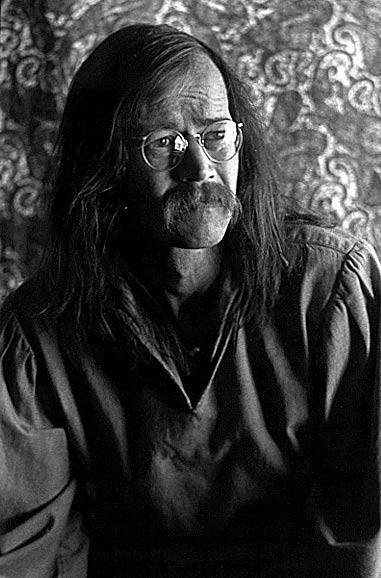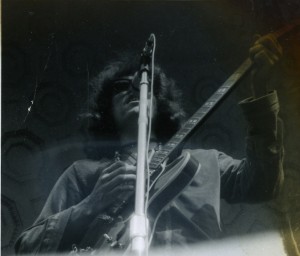Drugs?
Sex?
Rock n’ Roll?
Woodstock?
The Grateful Dead?
Abbie Hoffman?
Actually, it was about none of these things – but our popular culture and mass media need ways of defining and categorizing movements, so many of these descriptors are used instead of the more difficult reality.
A more accurate synopsis of the counterculture might be found by pulling some words, phrases and song titles/lyrics from the time.
The beat of a different drummer (think different, open your mind)
With a little help from my friends (community)
When I’m 64 (positive living and aging)
If 6 was 9 (alternative ways of looking at the world)
Castles Made of Sand (life it temporary and often a tragedy, but make the best of it)
Let it Be (know what you can change and what you cannot)
Presence of the Lord (spirit)
Freedom (Richie Havens – quest for equality and personal freedoms)
Are you Experienced? (do you know the “great unsaid” – referring often to deep spirituality)
Our House – coming out the other end and living a happy and grateful life
The hippie period of history was one where “all the balls were in the air”. The combination of distrust in the society, the government, the police and other institutions put almost everything up for grabs. However, human beings desire structure as well as direction. We in the hippie movement knew what we DID NOT want, but the question of what we actually did want was much more difficult!
Most in the counterculture were very young – so-called “hippies” were often as young as 15 (I was!) to as old as 25 (although a very few were older). In a general sense, the counterculture consisted of young men and women who had not yet taken their place in society.
So, what to do???
Much of the answer was found in a single book of the era – in fact, most every true member of the counterculture probably read this tome as it contained the instructions about “what to do next”.
That book was Be Here Now – but Richard Alpert (Ram Dass):
http://en.wikipedia.org/wiki/Be_Here_Now_(book)
Richard Alpert, for those not familiar, was one of the two Harvard Doctors (he, along with Timothy Leary) who first experimented with LSD and other major hallucinogens. Much of this experimentation was done legally – and with the blessings of the school as well as other institutions. It was only after “the man” (government, law and order, etc.) discovered that these compounds were a danger to their authoritarianism and consumer culture (the status quo) that they were make illegal. By that point it was too late to put the drugs back on the shelve – the secret was out and Leary and Alpert proceeded to turn on many millions of people worldwide (illegally, by that time).
Be Here Now (Amazon link):
http://amzn.to/1i0wHnR
The book made a number of important points, specifically:
1. Mind (your head, your outlook) creates your world
2. Drugs were just a quick shortcut for a peek at true spirituality – they are not the True Path to a good life.
3. A real life entails “chopping wood and carrying water” in the Zen Buddhist sense – meaning that you wake up each day and do what needs to be done to continue with life.
These may sound like simple guidelines, but to many people – even today – they reinforce that life is about daily living – about the so-called “here and now”, as opposed to worrying about the future and the past.
The book was, as wikipedia puts it, a “seminal work” and “the counterculture bible” and it’s influence on the direction of the counterculture cannot be underestimated. It drove many of the movements toward “back to the land” and “right livelihood” which took root in the early 1970’s.


